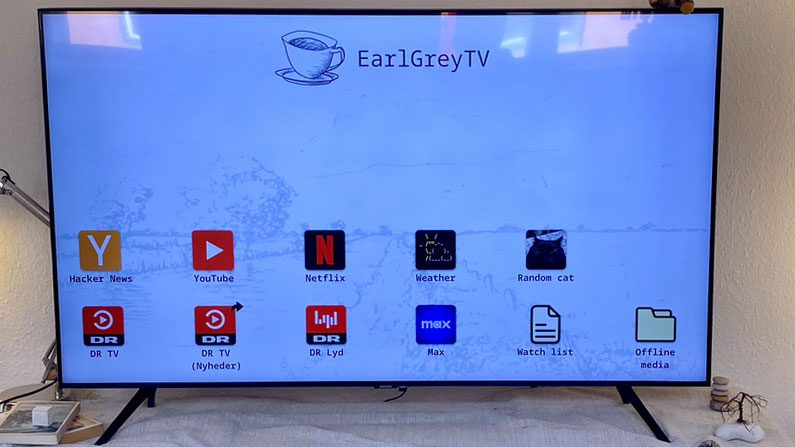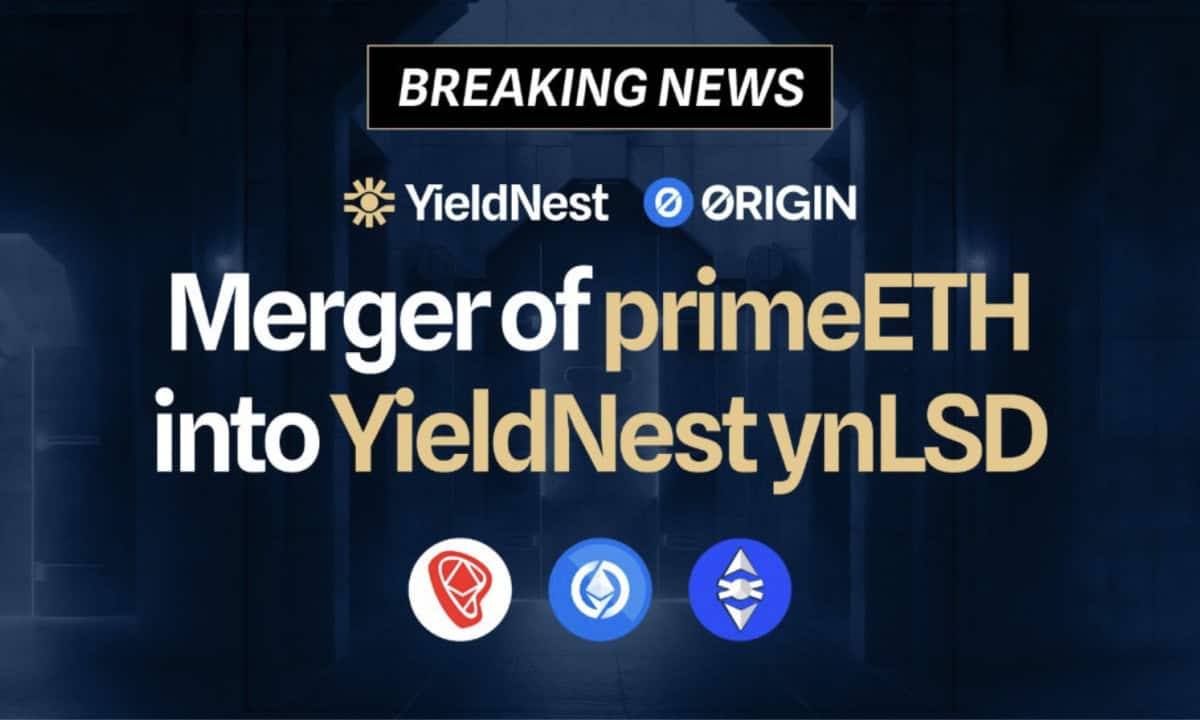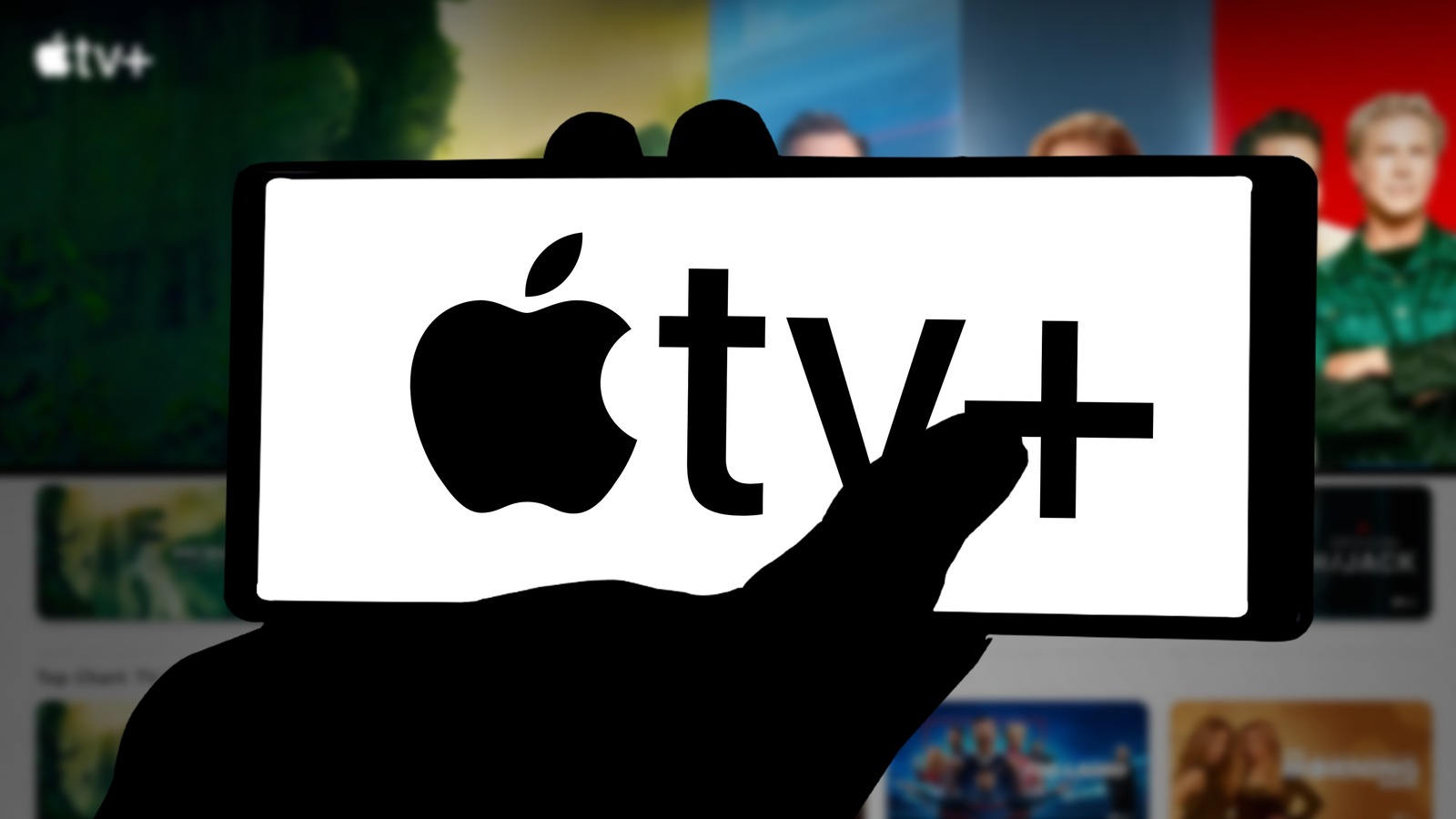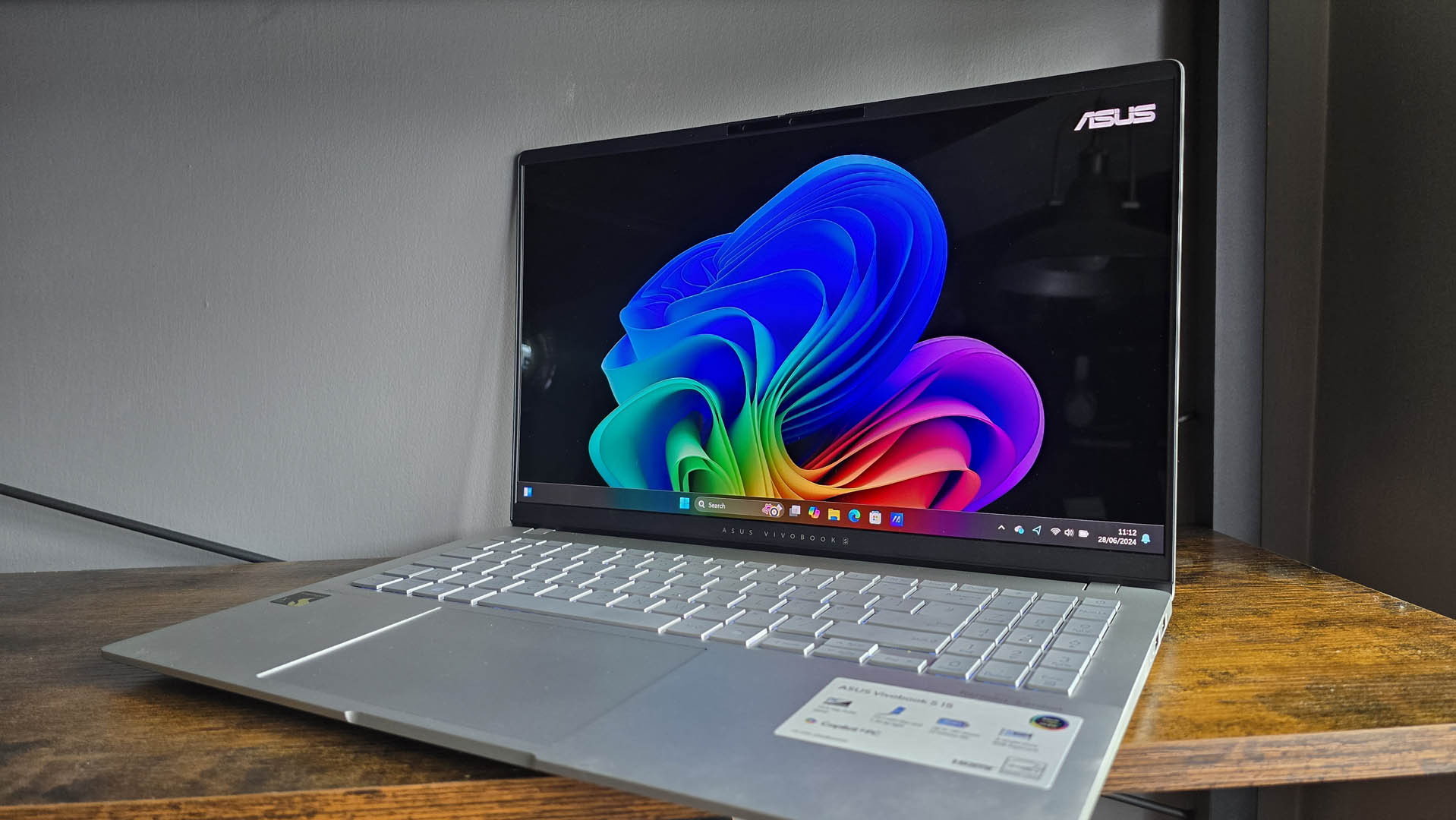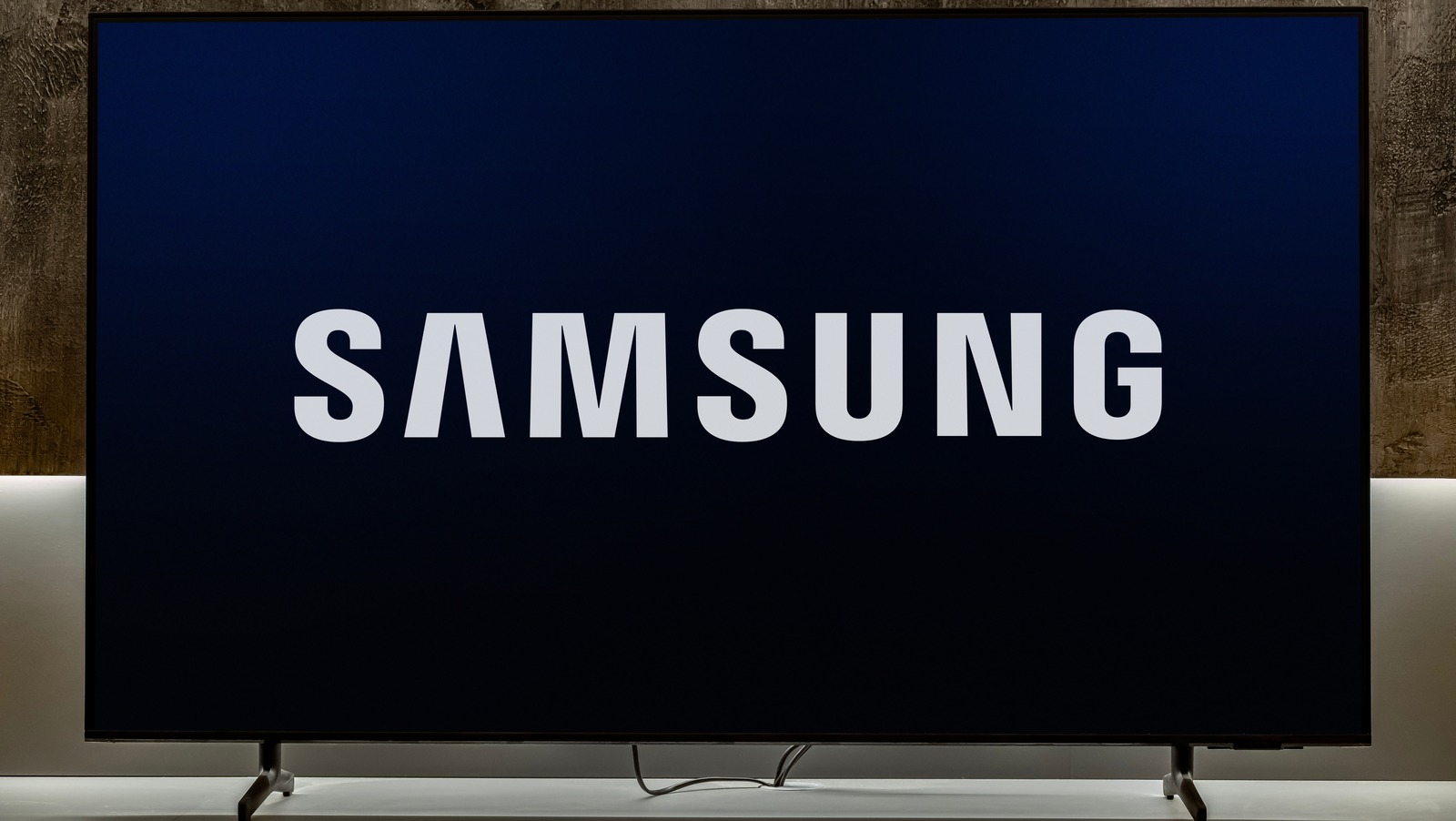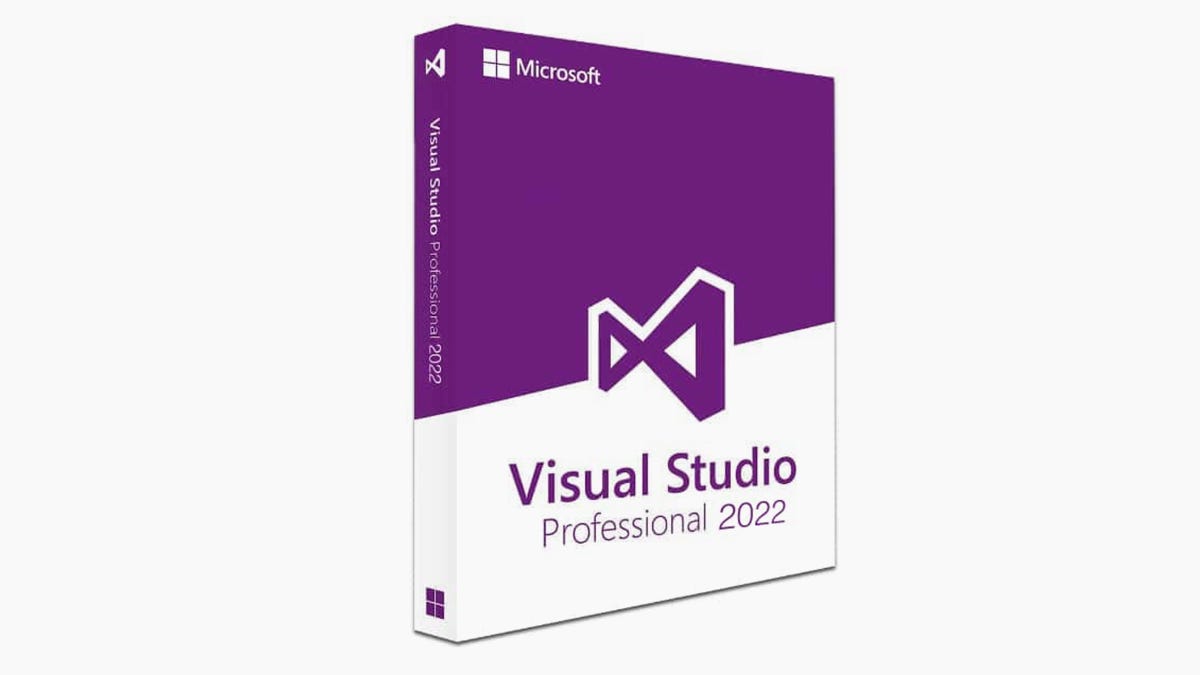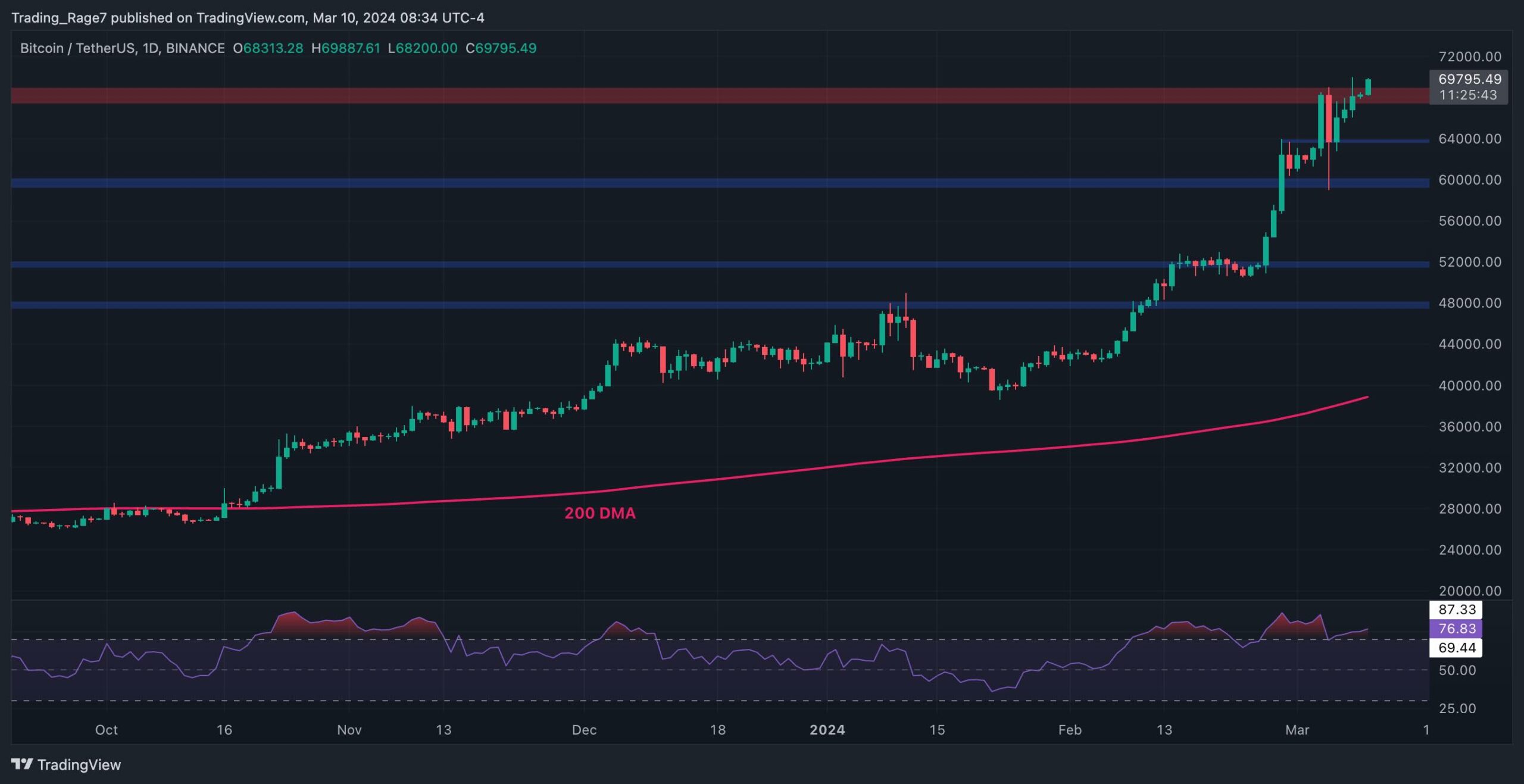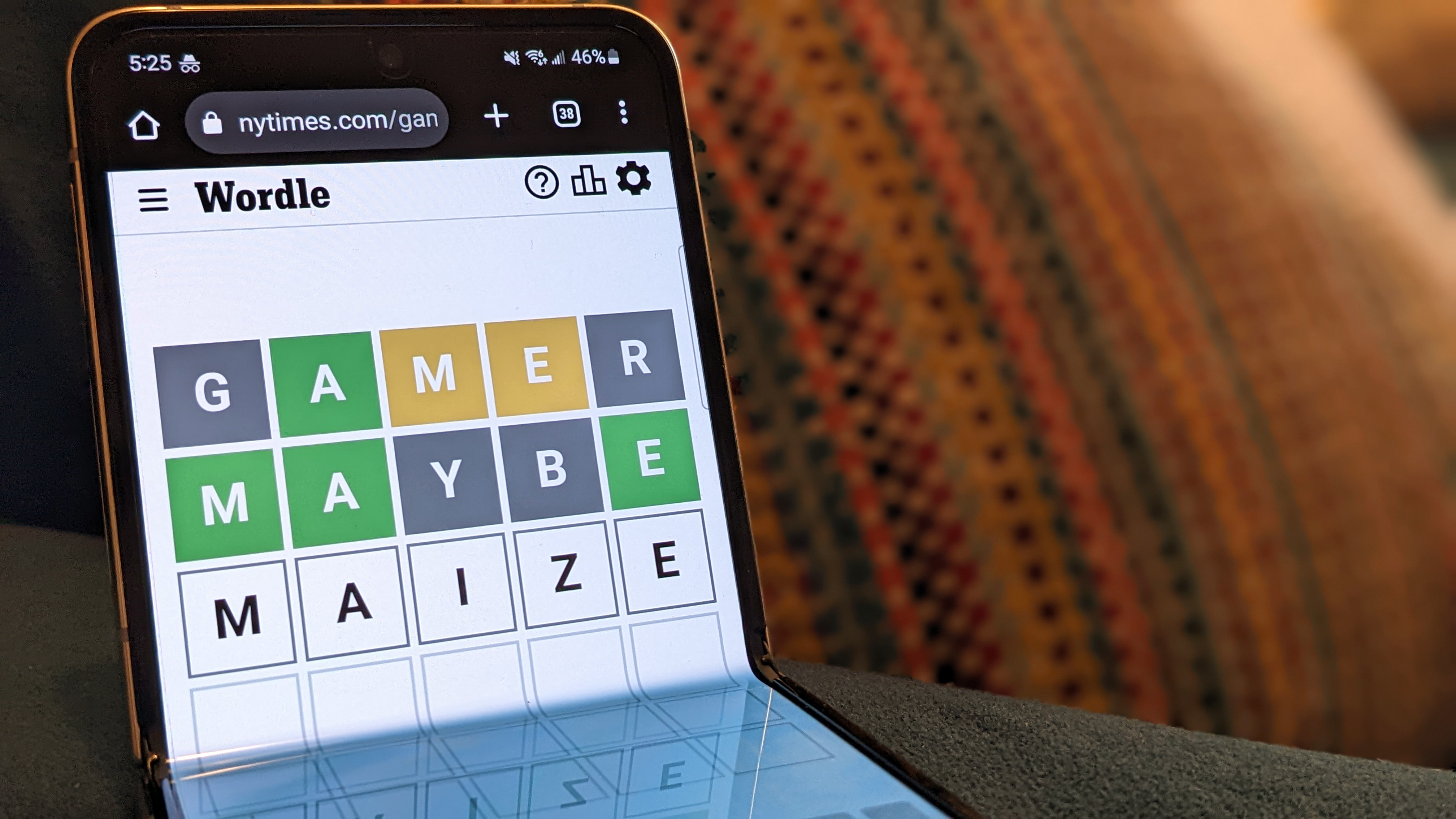The best live TV streaming services to cut cable in 2024
Live TV streaming combines elements of cable with standard, on-demand video. You can watch live news, live sports and linear “always on” channels just like with cable, but you also get a contract-free, cancel-whenever subscription. Live TV streaming has always been more expensive than on-demand options like Netflix or Peacock, but once upon a time it was cheaper than cable. Now that nearly every plan out there has gone up in price, you may be able to find some basic cable plans that cost less. Ultimately, picking the best live TV streaming service depends on what you like to watch. I signed up for and used every major player out there, to come up with recommendations for different kinds of TV watchers — sports fanatics, Disney devotees, bargain seekers and more. Table of contents Best live TV streaming services for 2024 Best free live TV streaming services for 2024 What to look for in a live TV streaming service How we tested Live TV Streaming FAQs Recent updates Best live TV streaming services for 2024 Back to top Best free live TV streaming services for 2024 Many standard streaming apps have added live components to their lineups. You’re paying for the service, so it’s not technically “free,” but you can get a dose of live TV without spending more than necessary. Peacock includes some regional NBC stations and Paramount+ subscribers can watch on-air CBS programming. The standard Hulu app has a live ABC news channel and Max now includes a live CNN outlet with its service. Amazon Prime Video contains a live TV tab, as does the Fire TV interface. And, if you use Roku or Samsung as your smart OS of choice, their built-in, proprietary services include hundreds of live channels at no extra cost. Plus there are free apps from Plex and PBS — even NASA has a free streaming service. But if you want a full suite of live TV networks, and don’t want to sign up for any paid service, there are a number of free ad-supported TV services that have live TV. Here's the best of what we tried: Back to top What to look for in a live TV streaming service How to stream live TV Streaming live TV is a lot like using Netflix. You get access through apps on your phone, tablet, smart TV or streaming device and the signal arrives over the internet. A faster and more stable connection tends to give you a better experience. Most live TV apps require you to sign up and pay via a web browser. After that, you can activate the app on all of your devices. Monthly Price When I started testing these cord-cutting alternatives, I was struck by the price difference between live TV and a standard video streaming app like Netflix. Where the latter cost between $5 and $20 per month, most live TV services hit the $80 mark and can go higher than $200 with additional perks, channel packages and premium extras. The higher starting price is mostly due to the cost of providing multiple networks — particularly sports and local stations. And, in the past year or so, every service except Sling has raised base plan prices. Local channels Only two of the services I tried don’t include full local channel coverage for subscribers and one of those makes no effort to carry sports at all. That would be Philo and, as you might guess, it’s the cheapest. The next most affordable option, Sling, only carries three local stations — and only in larger markets — but it still manages to include some of the top sports channels. When you sign up with any provider that handles local TV, you’ll enter your zip code, ensuring you get your area’s broadcast affiliates for ABC, CBS, FOX and NBC. Of course, you can also get those stations for free. Nearly all modern television sets support a radio frequency (RF) connection, also known as the coaxial port, which means if you buy an HD antenna, you’ll receive locally broadcast stations like ABC, CBS, FOX and NBC. And since the signal is digital, reception is much improved over the staticky rabbit-ears era. Live sports coverage One reality that spun my head was the sheer number and iterations of sports networks in existence. Trying to figure out which network will carry the match-up you want to see can be tricky. I found that Google makes it a little easier for sports fans by listing out upcoming games (just swap in NFL, MLB, NHL and so on in the search bar). When you click an event, the “TV & streaming” button will tell you which network is covering it. That just leaves figuring out if your chosen service carries that regional sports network. Unfortunately, even with add-ons and extra packages, some providers simply don’t have certain channels in their lineups. It would take a lawyer to understand the ins and outs of streaming rights negotiations, and networks leave and return to live TV carriers all the time. That said, most major sporting events in the US are covered by ESPN, Fox Sports, TNT, USA and local affiliates. I should also point out that traditional streaming services have started adding live sports to their lineups

Live TV streaming combines elements of cable with standard, on-demand video. You can watch live news, live sports and linear “always on” channels just like with cable, but you also get a contract-free, cancel-whenever subscription. Live TV streaming has always been more expensive than on-demand options like Netflix or Peacock, but once upon a time it was cheaper than cable. Now that nearly every plan out there has gone up in price, you may be able to find some basic cable plans that cost less. Ultimately, picking the best live TV streaming service depends on what you like to watch. I signed up for and used every major player out there, to come up with recommendations for different kinds of TV watchers — sports fanatics, Disney devotees, bargain seekers and more.
Table of contents
Best live TV streaming services for 2024
Best free live TV streaming services for 2024
Many standard streaming apps have added live components to their lineups. You’re paying for the service, so it’s not technically “free,” but you can get a dose of live TV without spending more than necessary. Peacock includes some regional NBC stations and Paramount+ subscribers can watch on-air CBS programming. The standard Hulu app has a live ABC news channel and Max now includes a live CNN outlet with its service.
Amazon Prime Video contains a live TV tab, as does the Fire TV interface. And, if you use Roku or Samsung as your smart OS of choice, their built-in, proprietary services include hundreds of live channels at no extra cost. Plus there are free apps from Plex and PBS — even NASA has a free streaming service.
But if you want a full suite of live TV networks, and don’t want to sign up for any paid service, there are a number of free ad-supported TV services that have live TV. Here's the best of what we tried:
What to look for in a live TV streaming service
How to stream live TV
Streaming live TV is a lot like using Netflix. You get access through apps on your phone, tablet, smart TV or streaming device and the signal arrives over the internet. A faster and more stable connection tends to give you a better experience. Most live TV apps require you to sign up and pay via a web browser. After that, you can activate the app on all of your devices.
Monthly Price
When I started testing these cord-cutting alternatives, I was struck by the price difference between live TV and a standard video streaming app like Netflix. Where the latter cost between $5 and $20 per month, most live TV services hit the $80 mark and can go higher than $200 with additional perks, channel packages and premium extras. The higher starting price is mostly due to the cost of providing multiple networks — particularly sports and local stations. And, in the past year or so, every service except Sling has raised base plan prices.
Local channels
Only two of the services I tried don’t include full local channel coverage for subscribers and one of those makes no effort to carry sports at all. That would be Philo and, as you might guess, it’s the cheapest. The next most affordable option, Sling, only carries three local stations — and only in larger markets — but it still manages to include some of the top sports channels.
When you sign up with any provider that handles local TV, you’ll enter your zip code, ensuring you get your area’s broadcast affiliates for ABC, CBS, FOX and NBC. Of course, you can also get those stations for free. Nearly all modern television sets support a radio frequency (RF) connection, also known as the coaxial port, which means if you buy an HD antenna, you’ll receive locally broadcast stations like ABC, CBS, FOX and NBC. And since the signal is digital, reception is much improved over the staticky rabbit-ears era.
Live sports coverage
One reality that spun my head was the sheer number and iterations of sports networks in existence. Trying to figure out which network will carry the match-up you want to see can be tricky. I found that Google makes it a little easier for sports fans by listing out upcoming games (just swap in NFL, MLB, NHL and so on in the search bar). When you click an event, the “TV & streaming” button will tell you which network is covering it.
That just leaves figuring out if your chosen service carries that regional sports network. Unfortunately, even with add-ons and extra packages, some providers simply don’t have certain channels in their lineups. It would take a lawyer to understand the ins and outs of streaming rights negotiations, and networks leave and return to live TV carriers all the time. That said, most major sporting events in the US are covered by ESPN, Fox Sports, TNT, USA and local affiliates.
I should also point out that traditional streaming services have started adding live sports to their lineups. Peacock carries live Premier League matches, Sunday Night Football games and will air the Olympic Games from Paris this summer. Thursday Night Football is on Amazon Prime and Christmas Day Football is coming to Netflix. Max (formerly HBO Max) now airs select, regular season games from the NHL, MLB, NCAA and NBA with a $10-per-month add-on. You can watch MLS games with an add-on through the Apple TV app, and Apple TV+ includes some MLB games. And if you subscribe to Paramount Plus, you can see many of the matches you’d see on CBS Sports, including live NFL games.
While we don’t have full details yet, there’s also an upcoming sports streaming service called Venu that’s a joint venture between ESPN, Fox and Warner Bros. Discovery. Even taken all together, these options may not cover as much ground as live TV streamers, but they could scratch a small sports itch without too much added cost.
Traditional cable networks
Dozens of linear programming networks were once only available with cable TV, like Bravo, BET, Food Network, HGTV, CNN, Lifetime, SYFY and MTV. If you only subscribe to, say, Netflix or Apple TV+, you won’t have access to those. But as with sports, standard streamers are starting to incorporate this content into their offerings. After the Warner Bros. merger, Max incorporated some content from HGTV, Discovery and TLC. Peacock has Bravo and Hallmark shows, and Paramount+ has material from Nickelodeon, MTV and Comedy Central.
Other channels like AMC+ have stand-alone apps. The Discovery+ app gives you 15 channels add-free for $9 per month (or with ads for $5 monthly). And a service called Frndly TV starts at a mere $7 per month and streams A&E, Lifetime, Game Show Network, Outdoor Channel and about 35 others. Of course, most live TV streaming options will deliver more sizable lists of cable networks, but just note that you may already be paying for some of them — and if all you need is a certain channel, you could get it cheaper by subscribing directly.
On-demand streaming
Most live TV subscriptions include access to a selection of video-on-demand (VOD) content, like you would get with a traditional streaming service. Much of this content is made up of the movies and TV series that have recently aired on your subscribed networks. This typically doesn’t cover live events and news programming, but I was able to watch specific episodes of ongoing shows like Top Chef or BET’s Diarra from Detroit. Just search the on-demand library for the program, pick an episode and hit play.
Partnerships, like Hulu’s relationship with Disney, and add-ons, such as bundling Max with your YouTube TV subscription or Starz with your Sling plan, will let you watch even larger libraries of on-demand content. But again, if VOD is all you’re after, paying for those networks directly instead of through a live TV plan will be far cheaper.
Digital video recordings (DVR) limits
Every option I tried offers some cloud DVR storage without needing a separate physical device. You’ll either get unlimited storage for recordings that expires after nine months or a year, or you’ll get a set number of hours (between 50 and 1,000) that you can keep indefinitely. Typically, all you need to do is designate what ongoing TV series you want to record and the DVR component will do all the hard work of saving subsequent episodes for you to watch later. You can do the same thing with sports events.
Aside from being able to watch whenever it’s most convenient, you can also fast-forward through commercials in recorded content. In contrast, you can’t skip them on live TV or VOD.
Simultaneous streams and profiles per account
Each plan gives you a certain number of simultaneous streams, aka how many screens can play content at the same time. And while most providers will let you travel with your subscription, there are usually location restrictions that require you to sign in from your home IP address periodically. Stream allowances range from one at a time to unlimited screens (or as many as your ISP’s bandwidth can handle). Some plans require add-ons to get more screens.
Most services also let you set up a few profiles so I was able to give different people in my family the ability to build their own watch histories and libraries, set their favorite channels and get individual recommendations.
Picture-in-picture mode and multiview
Picture-in-picture (PiP) usually refers to shrinking a video window on a mobile device or computer browser so you can watch it while using other apps. Sling, YouTube TV, FuboTV, Philo, DirecTV Stream and Hulu + Live TV all have PiP modes on computers and mobile devices. Another feature, multiview, lets you view multiple live sports games at once on your TV screen. YouTube TV and FuboTV are the only live TV streamers that let you do this. With YouTube TV, you can select up to four views from a few preset selection of streams. FuboTV offers the same feature, but only with an Apple TV set top device.
4K live streams
Right now, just FuboTV, YouTube TV and DirecTV Stream offer 4K live streams — but with caveats. YouTube TV requires a $20-per-month add-on, after which you’ll only be able to watch certain live content in 4K. DirecTV Stream has three channels that show live 4K content — one with shows and original series, and two with occasional sporting events. You don’t have to pay extra for these but you do need to have either DirecTV’s Gemini receiver or a Roku device. FuboTV shows certain live events in 4K but access is limited to the Elite and Premier packages, not the base-level Pro plan. Of course, watching any 4K content requires equipment that can handle it: a 4K smart TV or 4K streaming device paired with a cable and screen that can handle 4K resolution.
Tiers, packages and add-ons
Comparing price-to-offering ratios is a task for a spreadsheet. I… made three. The base plans range from $28 to $80 per month. From there, you can add packages, which are usually groups of live TV channels bundled by themes like news, sports, entertainment or international content. Premium VOD extras like Max, AMC+ and Starz are also available. Add-ons cost an extra $5 to $20 each per month and simply show up in the guide where you find the rest of your live TV. This is where streaming can quickly get expensive, pushing an $80 subscription to $200 monthly, depending on what you choose.
How to stream live TV for free
I also downloaded and tried out a few apps that offer free ad-supported TV (FAST) including Freevee, Tubi, PlutoTV and Sling Freestream. These let you drop in and watch a more limited selection of live networks at zero cost. Most don’t even require an email address, let alone a credit card. And if you have a Roku device, an Amazon Fire TV or Stick, a Samsung TV, a Chromecast device or a Google TV, you already have access to hundreds of live channels via the Roku Channel, the live tab in Fire TV, through the Samsung TV Plus app or through Google TV.
How we tested
When I begin testing for a guide, I research the most popular and well-reviewed players in the category and narrow down which are worth trying. For the paid plans, just six services dominate so I tried them all. There are considerably more free live TV contenders so I tested the four most popular. After getting accounts set up using my laptop, I downloaded the apps on a Samsung smart TV running the latest version of Tizen OS. I counted the local stations and regional sports coverage, and noted how many of last year's top cable networks were available. I then weighed the prices, base packages and available add-ons.
I then looked at how the programming was organized in each app’s UI and judged how easy everything was to navigate, from the top navigation to the settings. To test the search function, I searched for the same few TV shows on BET, Food Network, HGTV and Comedy Central, since all six providers carry those channels. I noted how helpful the searches were and how quickly they got me to season 6, episode 13 of Home Town.
I used DVR to record entire series and single movies and watched VOD shows, making sure to test the pause and scan functions. On each service with sports, I searched for the same four upcoming NHL, NBA, MLS and NCAA basketball matches and used the record option to save the games and play them back a day or two later. Finally, I noted any extra perks or irritating quirks.
All live TV streaming services we’ve tested:
Live TV Streaming FAQs
What is live streaming?
Streaming simply refers to video content that is delivered to your screen over the internet. Live streaming can be split into two categories: linear programming and simultaneous transmission. That first one is similar to what you get with cable or broadcast TV, with channels that play a constant flow of movies and shows (sort of what TV looked like before Netflix). Simultaneous streaming lets you watch live events (like a basketball game) or a program (like the evening news) as they happen.
What is the difference between streaming and live streaming?
Standard streaming, the most popular example being Netflix, lets you pick what you want to watch from a menu of choices. It’s also referred to as “video on demand.” Live streaming refers to sports and news events that you can stream as they happen in real time. It also refers to channels that show a continuous, linear flow of programming.
What streaming service is best for live TV?
FuboTV does the best job of letting you organize live channels to help you find just what you want to watch. The interface is uncluttered and when you search for something, the UI clearly tells you whether something is live now or on-demand. YouTube TV also does a good job making that info clear. Both have just over 100 live channels on offer.
What is the most cost effective TV streaming service?
Free TV streaming services like PlutoTV, Plex, Tubi and FreeVee show plenty of ad-supported TV shows and movies without charging you anything. Of course, they won’t have the same channels or content that more premium subscriptions have. Ultimately it depends on what you want to watch and finding the service that can supply that to you in the most streamlined form so you’re not paying for stuff you don’t need.
Is it cheaper to have cable or streaming?
A basic cable package used to be more expensive than the base-level live TV streaming service. But now that nearly all major providers have raised their prices to over $75 per month, that’s no longer the case. And with add-ons and other premiums, you can easily pay over $200 a month for either cable or a live TV streaming service.
What streaming service has all the TV channels?
No service that we tested had every available channel. Hulu + Live TV and DirecTV Stream carry the highest number of the top rated channels, according to Neilsen. Hulu’s service will also get you Disney+ fare, which you can’t get elsewhere. FuboTV has the most sports channels and YouTube TV gives you the widest selection of add-ons.
What is the most popular live TV streaming platform?
YouTube TV has the most paying customers. According to this year’s letter from the company’s CEO, the service has over eight million subscribers. Disney’s 2023 fourth quarter earnings put the Hulu + Live TV viewer count at 4.6 million. Sling reported two million patrons and FuboTV claimed 1.1 million, both in respective year-end reports.
How safe are free streaming services and websites?
You may have heard certain sites that provide free content can be dangerous, leading to stolen info and/or exposing you to malware. That’s likely in reference to certain peer-to-peer (P2P) networks and file-sharing sites that let people download free movies and series — which can come bundled with malicious code.
But if you’re talking about the free ad-supported streaming television (FAST) services listed here, from providers like PlutoTV, Tubi and Freevee, they are just as safe as any other streaming service. Since you sometimes don’t even have to provide your email address or credit card info, they can even be more anonymous than apps that require login credentials.
Recent updates
June 12, 2024: Updated with more information about 4K live streaming, picture-in-picture and multiview modes, as well as video on-demand options. We expanded our recommendations around free live TV streaming services and added a FAQ query about the safety of free streaming services and clarified the difference between standard and live streaming. More traditional streaming services have added live and sports components, so we revised that section accordingly.
Back to topThis article originally appeared on Engadget at https://www.engadget.com/best-live-tv-streaming-service-133000410.html?src=rss
What's Your Reaction?








